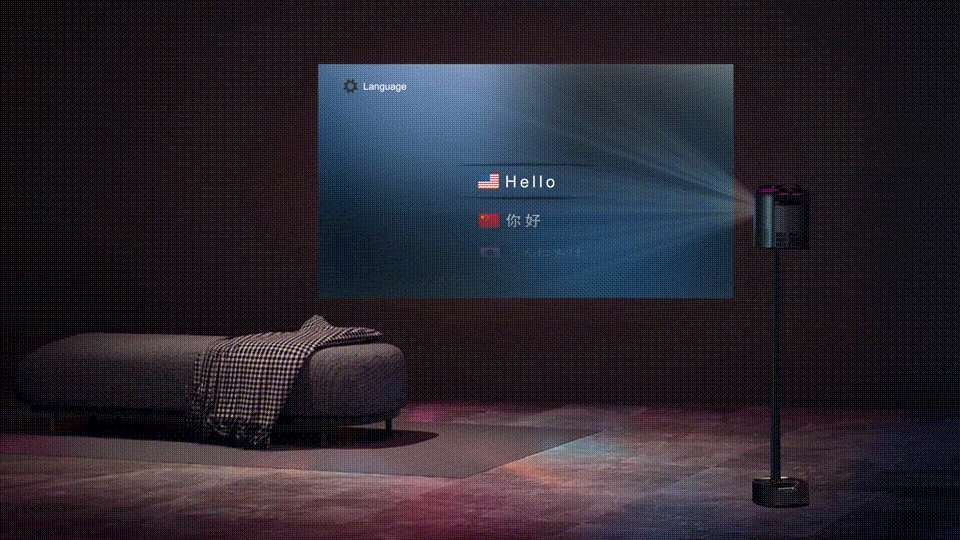As an important display equipment, projector is widely used in education, business, home entertainment and other fields. With the continuous extensive application, technology is also improving, and projector technology has also experienced significant development and change
First, light source technology
The light source is one of the core components of the projector, which directly affects the brightness and color performance of the projected image. Projector light source technology has evolved from traditional light bulbs to leds and then to laser light sources.
Lamp source: Traditional projectors mainly use high-pressure mercury lamps (UHP) and metal halide lamps. This light source has the advantages of high brightness, good color performance, but short life, high energy consumption, large heat.
LED light source: LED light source has the characteristics of long life, low energy consumption and excellent color performance. LED projectors are gaining popularity, especially in the portable and home entertainment markets.
Laser light source: Laser light source projectors are known for their high brightness, long life, wide color gamut and high contrast. The emergence of laser light sources has significantly improved the performance of projectors, especially in the high-end and professional markets, where laser projectors have gradually become mainstream.

Second, display technology
The display technology of projectors mainly includes DLP (digital light processing), LCD (liquid crystal display) and LCoS (silicon based liquid crystal).
DLP technology: DLP projectors use a digital Micromirror device (DMD) chip to create images by reflecting light. DLP technology has the advantages of high contrast, bright color, fast response, etc., and is widely used in education and business fields.
LCD technology: LCD projectors use liquid crystal panels to control the transmittance of light to image. LCD technology has the advantages of high color reproduction and uniform brightness, which is suitable for home entertainment and small meeting rooms.
LCoS technology: LCoS technology combines the advantages of DLP and LCD with high resolution, high contrast and excellent color performance. LCoS projectors are mainly used in high-end markets such as home theater and professional displays.

Third, image processing technology
Image processing technology is an important means to improve the quality of projected images, including image scaling and correction, color management and frame interpolation technology.
Image scaling and correction: Features such as ladder correction, corner correction and autofocus ensure the scale and sharpness of the projected image.
Color management: Improve the color performance of projected images through color calibration and color enhancement techniques to make images more realistic and vivid.
Frame interpolation technology: Insert extra frames into moving images, reduce picture shake and drag, and improve the viewing experience, especially when watching sports events and action movies.
Connection and interface technology
Modern projectors support a variety of connectivity and interface technologies, improving device compatibility and ease of use.
Wireless transmission: Support Wi-Fi, Bluetooth and other wireless connection methods to achieve wireless projection with smart devices, convenient for users to perform mobile demonstration and entertainment.
Various input interfaces: including HDMI, USB, VGA, DP and other interfaces, support the connection of a variety of devices, such as computers, mobile phones, tablets and so on.
Smart Operating System: Built-in operating system (such as Android), support application installation and intelligent control, users can directly access the Internet through the projector, play video and other intelligent operations.
